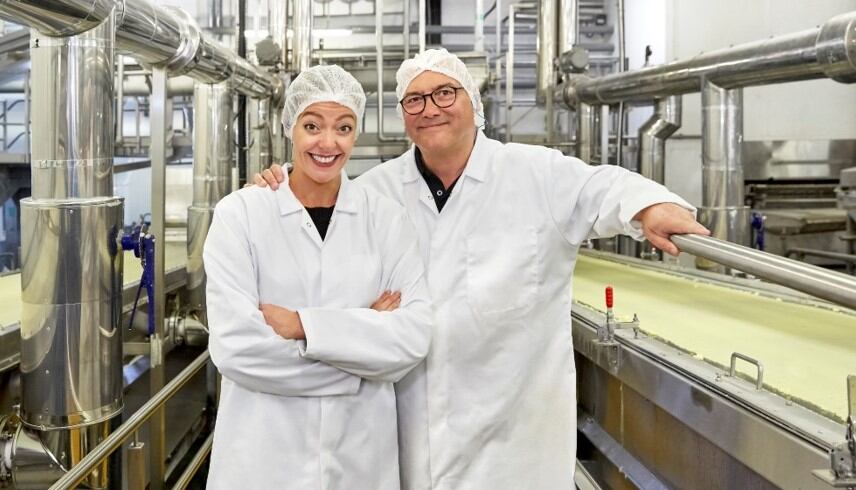Using a mass spectrometry test on the products, scientists at the Quadram Institute in Norwich found a significant number of pizzas and restaurant meals thought to contain buffalo mozzarella had been mislabelled. In some cases, the mozzarella was 100% derived from cow.
However, eight samples of supermarket cheeses labelled as buffalo were all found to be genuine. Meanwhile, five other samples, simply labelled mozzarella, were all 100% cow.
Buffalo milk commands a premium price compared with cows’ milk and is used to make mozzarella cheese. This makes it a target for fraudsters, either through the mislabelling of cow’s milk mozzarella, or by partial substitution of buffalo with cows’ milk.
Species mislabelling
Professor Kate Kemsley, who led the research, said the test had raised concerns about the prevalence of species mislabelling.
“Consumers aren’t the only victims of this type of substitution,” she explained. “For most products, buffalo mozzarella is added as discrete pieces, so if it contains milk from mixed animal sources, then the adulteration is likely to have happened earlier in the supply chain.
“This means the restaurants or supermarkets are also victims – possibly even the cheese producers themselves, if they are being unwittingly supplied with pooled milk from undeclared sources.”
Buffalo or cow?
The mass spectrometry test is able to detect slight differences between the ‘same’ protein from different species. Both buffalo and cows’ milk and cheese contain a protein called alpha-s1-Casein, which differs between species by just 10 (out of >200) amino acids.The analytical test homes in on several distinctive ‘marker’ peptides that, due to the amino acid sequence differences, are characteristic of either buffalo or cow.
Using Multiple Reaction Monitoring Mass Spectro-metry (MRM MS), the marker peptides are selected by their masses, fragmented further, and the individual fragments also analysed.
“The scale and complexity of modern food supply chains means they are increasingly vulnerable to fraud,” said Kemsley. “We’re hoping that, by harnessing the latest technologies, we can help to monitor and uncover food mislabelling.”




